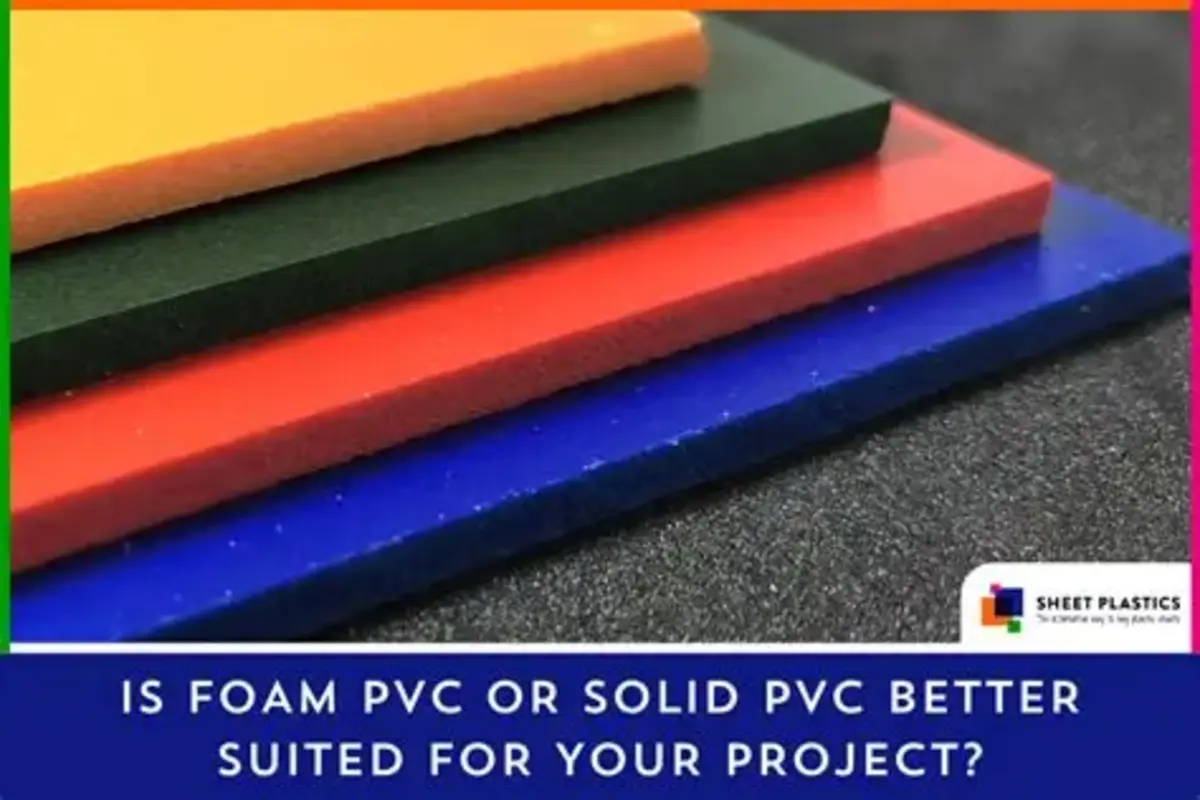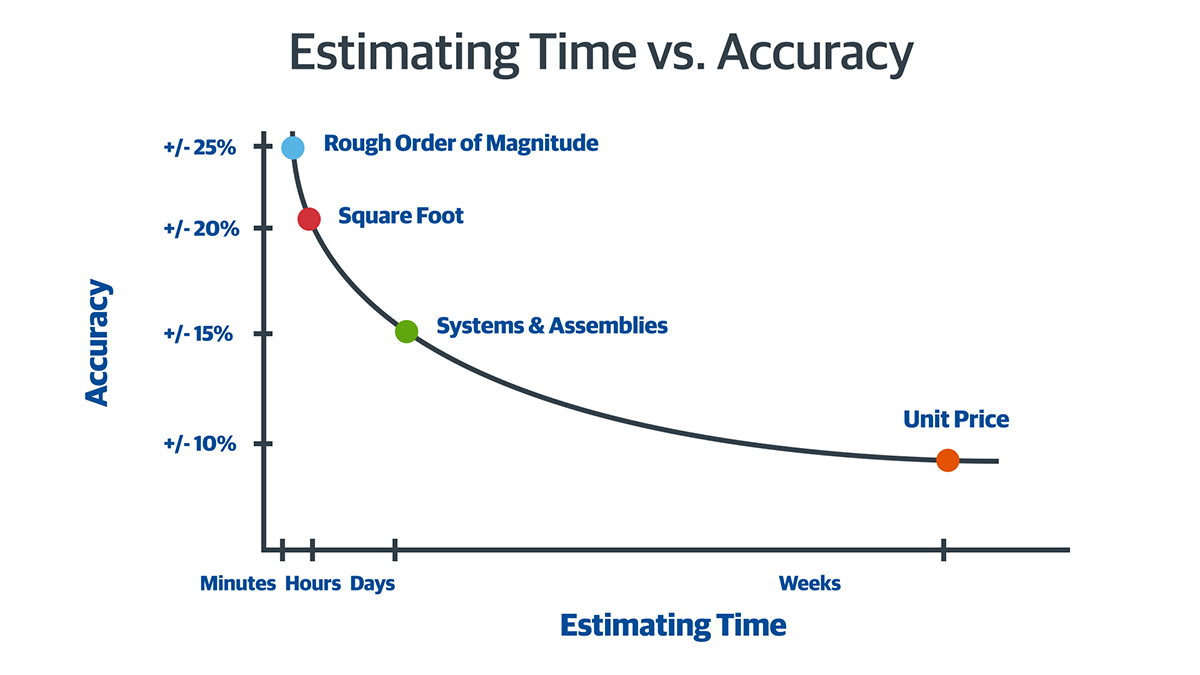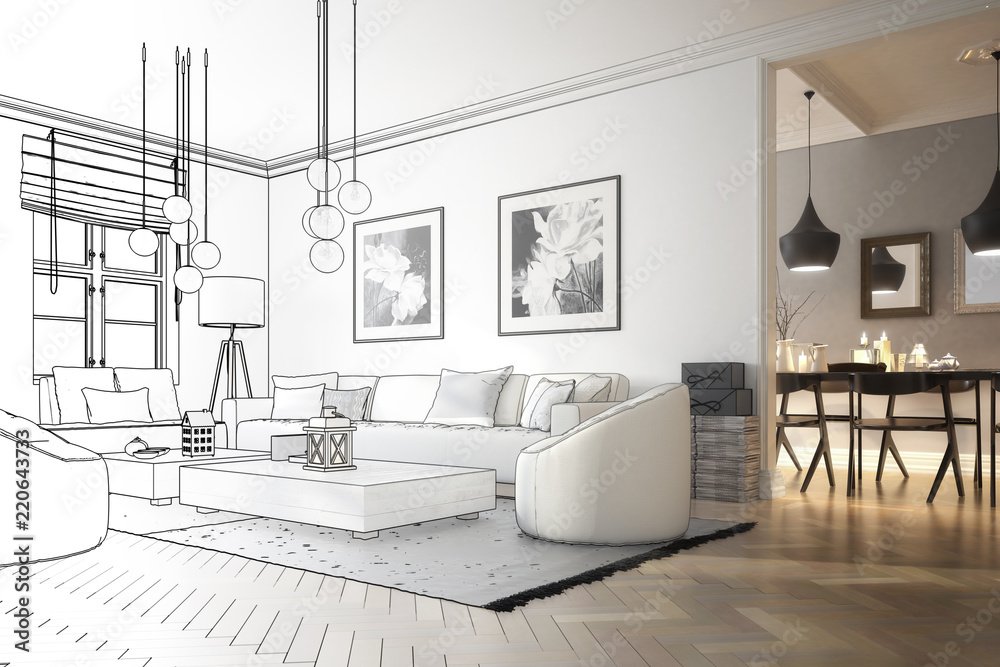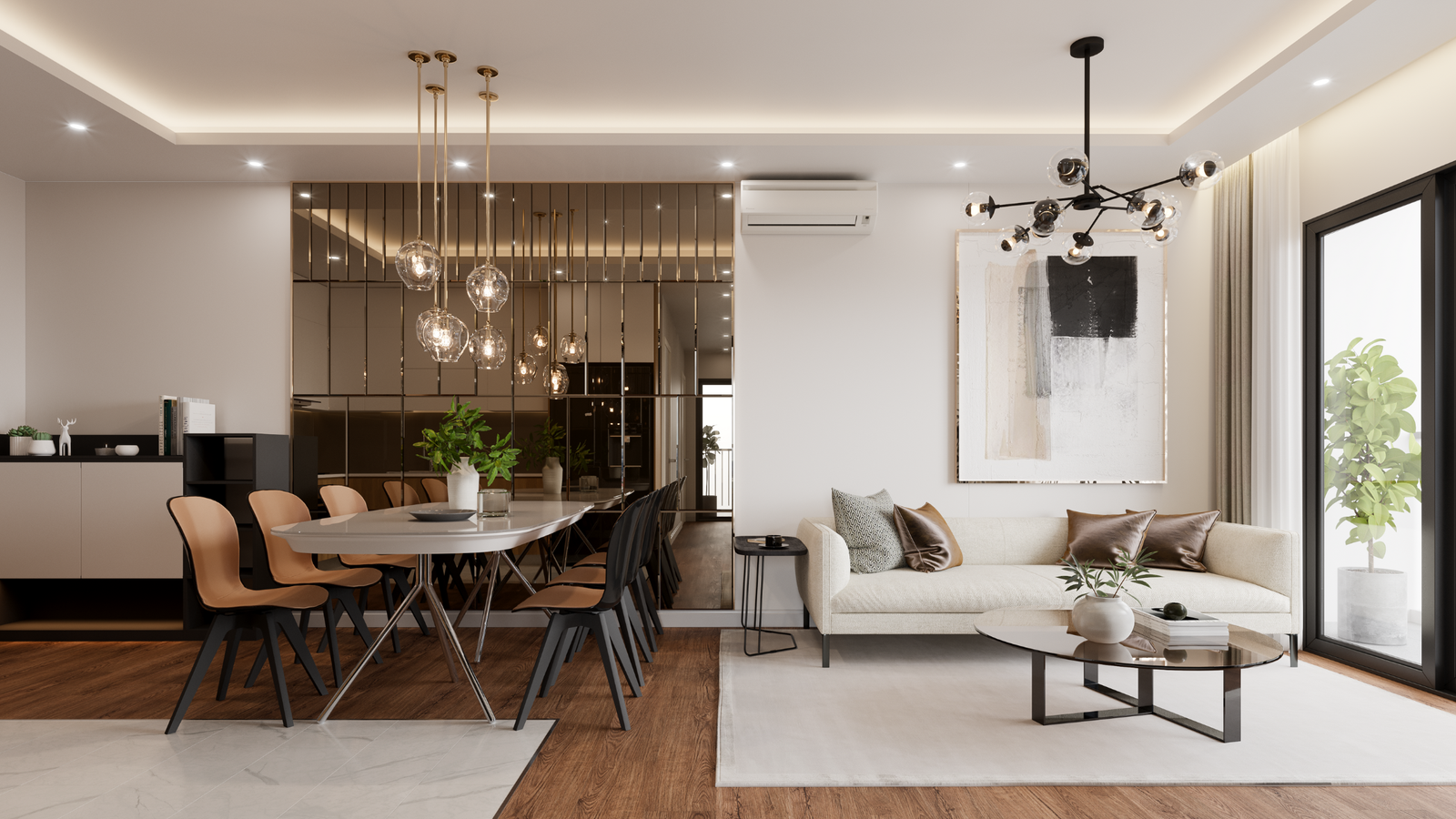PVC Board is used everywhere today, from construction and signage to furniture and interior decoration. Yet buyers often mix up two major types of PVC Board: Expanded PVC Board and Solid PVC Board. They share the same base material, but their performance, appearance, and ideal applications differ in important ways. Understanding these differences helps manufacturers, builders, and designers make better decisions and choose materials that deliver the right mix of strength, cost, and durability.
This guide breaks down both products with clear comparisons, practical advice, and insights that apply across global markets.
What Is Expanded PVC Board
Expanded PVC Board is a lightweight material made by adding a foaming agent during production. This creates a uniform, closed cell structure that reduces density without compromising basic rigidity. Many professionals call it foam PVC or PVC foam sheet.
Expanded PVC has a smooth surface, good formability, and balanced mechanical strength. Because it weighs far less than solid PVC, it is easier to cut, shape, route, and transport. Its structure absorbs less water and keeps dimensional stability in outdoor conditions.
Key advantages of Expanded PVC Board:
- Low weight with workable stiffness
- Easy printing, painting, and lamination
- Good sound and heat insulation
- Moisture resistance for humid environments
- Cost effective for large surface projects
These features make it a preferred choice for signage, displays, exhibition stands, shop fittings, and interior decoration panels.
What Is Solid PVC Board
Solid PVC Board is produced without foaming agents, which gives it a dense, compact structure. It is stronger, heavier, and much more impact resistant than its expanded counterpart. Solid PVC provides excellent fire resistance and superior load bearing performance.
The material has a consistent, smooth surface and a longer lifespan under heavy mechanical stress. Because of this strength, solid PVC is used in industrial environments, structural applications, and products that must withstand long term use.
Key advantages of Solid PVC Board:
- High density and strong impact resistance
- Superior durability in harsh conditions
- Better screw holding and mechanical strength
- Excellent chemical and corrosion resistance
- Suitable for heavy duty applications
Common uses include industrial cladding, chemical processing equipment, partitions, protective barriers, and long lasting furniture components.
Core Differences Between Expanded and Solid PVC Board
Both materials fall under the PVC Board family, but their physical properties set them apart in real world use. Here are the most important differences to consider.
Density and Weight
Expanded PVC Board is far lighter due to its foamed interior. This makes handling and installation easier, especially for large panels. Solid PVC Board is heavier and feels more substantial. It offers more structural stability but requires stronger mounting hardware.
Strength and Durability
Solid PVC outperforms expanded PVC in impact resistance, bending strength, and long term load capacity. For signage or decorative use, expanded PVC usually provides enough rigidity. For machinery guards or industrial fixtures, solid PVC is the clear winner.
Workability
Expanded PVC cuts, drills, shapes, and routes with minimal effort. Solid PVC is still workable but demands more force and sharper tools. If a project requires frequent shaping or complex routing, expanded PVC helps save time and labor.
Surface Finish
Both materials offer smooth surfaces. However, expanded PVC is widely used for printing and digital graphics because its light weight makes it easy to support on printers or displays. Solid PVC provides better scratch resistance, which is valuable for high traffic areas or industrial settings.
Cost
Expanded PVC Board is generally more affordable. Solid PVC costs more due to its higher density and superior performance. Buyers should weigh initial cost against lifespan and strength requirements.
Thermal and Acoustic Properties
Expanded PVC insulates well because of its closed cell foam structure. It reduces noise and heat transfer better than solid PVC. This makes it a smart choice for interior applications that need lightweight thermal or sound control.
Which PVC Board Should You Choose
The right material depends on the demands of your project. Here is a simple guide.
Choose Expanded PVC Board if you need:
- Lightweight panels for signs or displays
- Easy fabrication and fast installation
- Cost savings for large area coverage
- Good insulation and moisture resistance
- Choose Solid PVC Board if you need:
- High structural strength
- Better impact resistance
- A long lasting industrial solution
- Strong screw holding and mechanical stability
Both types of PVC Board provide reliable performance, but each serves different priorities. When matched correctly, they improve efficiency, extend product life, and deliver better results for end customers.
Final Thoughts
Expanded PVC Board and Solid PVC Board play vital roles in today’s global manufacturing and construction sectors. They share the same PVC chemistry yet bring unique strengths to the table. Whether you need lightweight workability or industrial grade endurance, choosing the right PVC Board ensures your project meets both functional and economic goals.
By understanding these differences, professionals can specify materials more confidently and produce results that stand out in quality, performance, and long term value.
















Leave a Reply